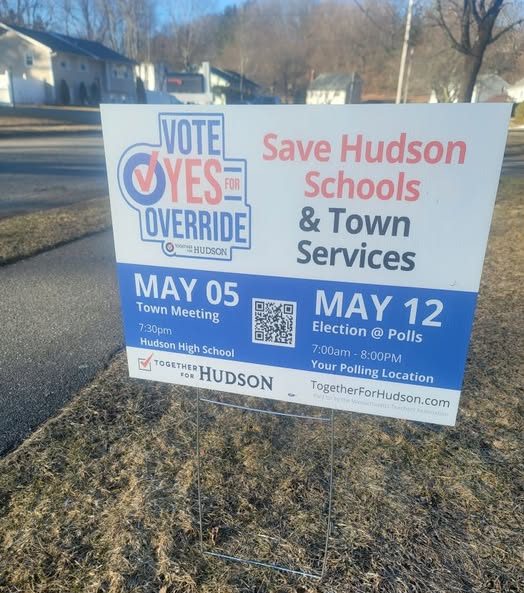Gyms are more popular than ever. Every year, new fitness trends emerge, Instagram feeds fill up with perfectly curated workout routines, and influencers proudly share their post-workout glow. Gym culture is heavily embedded in younger generations, with about 73% of Gen Z reporting they engage in fitness activity. But the very fact we need to ‘work out’ has become a sad reminder of just how little we actually move our bodies in our day-to-day lives.
Not too long ago, physical activity was a natural part of human existence. People walked everywhere, worked with their hands, and engaged in physical labor just by going about their day. For our ancestors, movement wasn’t something you had to schedule; it was as essential as eating or sleeping. We were hunting, gathering, building- not sitting at desk jobs all day in front of a screen.
All 600 muscles in the human body were being used for their intended purpose. We don’t have triceps and biceps to pump iron, but to heave hay bales on farms or dig ores in the mines. And our glutes and quadriceps help us sprint after our next meal, not run on a treadmill. The first gymnastics club was created in 1799, in the same century we stopped walking everywhere and started riding in carriages. And around the time automobiles became the primary mode of transportation and blue collar began to fade into white collar jobs in the mid-1900s, the first gyms similar to the ones we know today were established.
Now, we drive everywhere, and when we get home, we sit down on the couch and stare at a screen some more. We get some steps in at the grocery store, unless we Instacart it, and purchase some food that was made in a factory.
With such inactive lives, an entire industry has boomed around creating buildings full of machines and fluorescent lights, with televisions mounted on every wall, and headphones blasting music in everyone’s ears, all to help us use the muscles that are otherwise unexercised. We’ve become so stationary in our everyday routines that we now treat movement as something to be scheduled, tracked, and quantified. In the past, movement was natural, it was embedded in our daily activities. Today, it’s almost as if we’ve outsourced our bodies’ basic need for exercise to gym memberships and fitness apps.
This shift in how we live our lives has created a disconnect between our bodies and the natural need to move. So, gyms have stepped in as a way to ‘fix’ this problem, promising to get us back in shape. Sure, Gen Z’s obsession with physical health is better than the 20th century’s tobacco addiction. But the fact that we need to go to the gym to stay fit is an indicator of just how much we’ve stopped moving in the first place.












![Brazil's Neymar walks onto the pitch during his debut for Santos FC in a Sao Paulo league football match against Botafogo, in Santos, Brazil, Wednesday, February 5, 2025 [Andre Penner/AP]](https://bigredhawks.com/wp-content/uploads/2025/04/Neymar-is-Back-e1743558992671.jpg)






